

The Evolution of Kamon
|
In Japan, you may notice that various symbols are printed on lanterns, flags and even roof tiles. These are known as kamon, or family crests. Similar to the coat of arms found in Europe, kamon also symbolises one’s identity. While the coat of arms represents the individual, kamon represents the family. In other words, kamon signifies one’s heritage, family lineage and social status since ancient times. Over 20,000 kamon designs can be found in Japan.
Its origins can be traced back to the latter part of the Heian period, when the dynastic culture flourished in Japan. The nobility decorated their ox-drawn carriages with original motifs, usually beautiful designs of flowers and birds to look appealing. It eventually gained a practical purpose of allowing anyone to identify who the cart belonged to at a glance. For example, if you pass by someone in an ox-drawn carriage and recognise them as someone of a higher status, you are expected to get off your carriage and give way, or even prostrate yourself before them. In this way, kamon came to signify one’s status and ancestry. As a result, numerous elegant kamon designs came about during this period. Moving forward to the Kamakura period, samurai families emerged and began to have their own kamon. Rather than lavish designs, they prioritised simple and geometric designs which would be printed on flags, helmets, and armour. This is due to the need for the motifs to be seen at a glance and from a distance in battle, and thus recognise if the clan is a friend or foe. Thus, the kamon deriving from this period were simpler. Peace arrived in Japan during the Edo period, and the common people started to use kamon as well. During that time, many commoners were prohibited from using surnames, so they turned to using kamon as a means to identify which family they belonged to. They were also free to create their own designs. When the Meiji period arrived, commoners were allowed to use surnames, which was previously reserved for noble and samurai families. Even when establishing a new branch family, many used family crests that were slightly different to the main family’s crest, such as adding an outer circle or varying the number of leaves and flowers. This led to a further increase in kamon. Some of the common motifs seen are plants, especially paulownia, plum blossom, wisteria, chrysanthemum, and ivy. Other types may include animals such as crane, swallowtail and butterfly, designs inspired by nature such as the moon and waves, or items such as bell, fan or even weapons such as bow and arrow. Today, kamon is mainly used on ceremonial occasions or engraved on gravestones. However, people are finding new ways to incorporate kamon. For example, the impact of popular culture that depict warriors, such as anime, manga and games, has led to a demand of merchandise with kamon symbolising the warlords. Thus, you may discover T-shirts, headphones, nail stickers and even biscuits with kamon designs. |
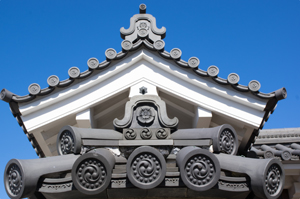 © Web Japan 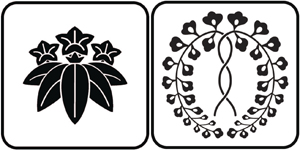 © Web Japan 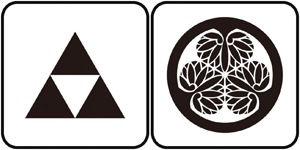 © Web Japan 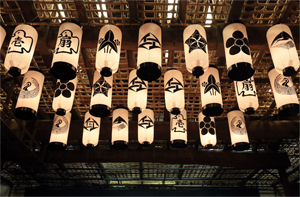 © Web Japan 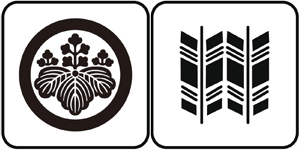 © Web Japan  © Ogawa Shimbun Store |
Resources
|
“The Artistry of Japanese Kamon (Family Crests)”. 2023. Japan Up Close. https://japanupclose.web-japan.org/techculture/c20231222_1.html . “Kamon (Family Crests) – Symbols of the Family Brimming with Design”. 2018. Web Japan. https://web-japan.org/trends/11_fashion/fas181202.html. “Kamon, Japanese Family Crests, Their History and Features”. 2022. Government of Japan. https://www.gov-online.go.jp/eng/publicity/book/hlj/html/202212/202212_03_en.html. Okada, Yuzuru. 1941. “Japanese Family Crests”. Board of Tourist Industry, Japanese Government Railways. https://www.jtbusa.com/ha/Japanese-Family-Crests.aspx. |
|
Japan Creative Centre 4 Nassim Road, Singapore 258372 +65 6737 0434 / jcc@sn.mofa.go.jp https://www.sg.emb-japan.go.jp/JCC/ Nearest parking at Orchard Hotel & Delphi Orchard |
 |